Lead and copper rules have changed. Check out these FAQs to learn more!
Does the lead action level change in the revised rule?
No, the LCRR keeps the lead action level at 15 ppb which is the same as the action level in the original 1991 LCR. The revised rule does however add a new trigger level at a lower level of 10 ppb that triggers the system doing additional work to ensure that they don’t continue to have problems with lead in the system such as installing corrosion control treatment or reoptimizing corrosion control treatment, replacing lead service lines, and annual testing for lead.
Do the sample sites for lead and copper in the system change under the revised rule?
Yes, all samples in the system must come from a lead service line home if you have them so if not all of your current sites come from homes with lead service lines, you will have to change sites when sampling for the revised rule. The revised rule is specifically targeting sites that should have higher levels of lead in order to determine if you are in compliance which is why the change to sites.
Does sampling for lead and copper at the customer’s tap change?
Yes, if the customer has a lead service line then you will pull 2 samples from the customer’s tap. The first liter sample will be used for copper compliance and then the fifth liter will be used for lead compliance. If the customer does not have a lead service line, then the first liter sample will be used for both lead and copper compliance.
When replacing lead service lines, are partial lead service line replacements allowed?
No, under the revised rule the system is to replace the entire service line to remove the lead from the system. The rule does not make it the responsibility of the system to pay for the home owners part of the service line replacement, but the system should work with the customer to replace their side of the service line at the same time that the system replaces their side – as this is the most effective way to do the replacement and lower lead levels in the customers tap.
What corrosion control treatment techniques are allowed under the revised rule?
The revised rule allows a system to install corrosion control treatment, but the options are limited to pH adjustment, orthophosphate addition, and silicate addition as those methods have all been proven to be effective in lowering lead levels in systems.
Register below for our next webinar which will provide further information around the new rule and compliance.

